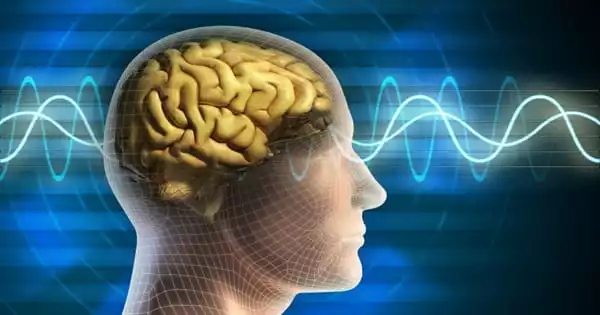A personality disorder (PD) is a type of mental illness characterized by a rigid and unhealthy pattern of thinking, functioning, and behavior. These are a group of mental disorders characterized by persistent maladaptive patterns of behavior, cognition, and inner experience that appear in a variety of contexts and differ from those accepted by the individual’s culture. A personality disorder makes it difficult for a person to perceive and relate to situations and people. These patterns emerge early, are rigid, and are linked to significant distress or disability. This has a significant impact on relationships, social activities, work, and school.
A personality disorder is a mental health condition characterized by long-lasting, all-encompassing, disruptive patterns of thinking, behavior, mood, and interpersonal relationships. These patterns cause significant distress and/or impair a person’s ability to function.
Causes
Personality is the unique combination of your thoughts, emotions, and behaviors. It is how you perceive, understand, and relate to the outside world, as well as how you perceive yourself.
Personality disorders usually appear in adolescence or early adulthood. There are numerous types of personality disorders. Some types may become less obvious as they get older. The definitions differ from source to source and are still debatable. Official criteria for diagnosing personality disorders are listed in the fifth chapter of the International Classification of Diseases (ICD) and in the American Psychiatric Association’s Diagnostic and Statistical Manual of Mental Disorders (DSM).
Symptoms
Types of personality disorders are grouped into three clusters, based on similar characteristics and symptoms. Many people with one personality disorder also have signs and symptoms of at least one additional personality disorder. It’s not necessary to exhibit all the signs and symptoms listed for a disorder to be diagnosed.
Personality, as defined psychologically, is the set of persistent behavioral and mental characteristics that distinguish individual humans. As a result, experiences and behaviors that deviate from social norms and expectations define personality disorders. People with personality disorders may struggle with cognition, emotion, interpersonal functioning, or impulse control. The prevalence of personality disorders in psychiatric patients is estimated to be between 40 and 60%. Personality disorders’ behavior patterns are typically recognized by adolescence, the beginning of adulthood, or even childhood, and have a pervasive negative impact on quality of life.
Treatment
Consult your doctor or another primary care professional, as well as a mental health professional, if you have any signs or symptoms of a personality disorder. Personality disorders, if left untreated, can cause significant problems in your life, which may worsen if not treated.
Personality disorders are primarily treated psychotherapeutically. Cognitive behavioral therapy and dialectical behavior therapy, in particular for borderline personality disorder, are evidence-based psychotherapies for personality disorders. A number of psychoanalytic approaches are also employed.
Complications
Personality disorders can have a significant impact on the lives of both the affected person and those who care for them. Personality disorders can lead to problems in relationships, at work, or in school, as well as social isolation and alcohol or drug abuse.
Personality disorders are associated with significant stigma in both popular and clinical discourse. Despite various methodological schemas designed to categorize personality disorders, there are many issues with classifying a personality disorder because the theory and diagnosis of such disorders occur within prevailing cultural expectations; thus, their validity is contested by some experts on the basis of inherent subjectivity. They argue that personality disorder theory and diagnosis are solely based on social, or even sociopolitical and economic considerations.
















